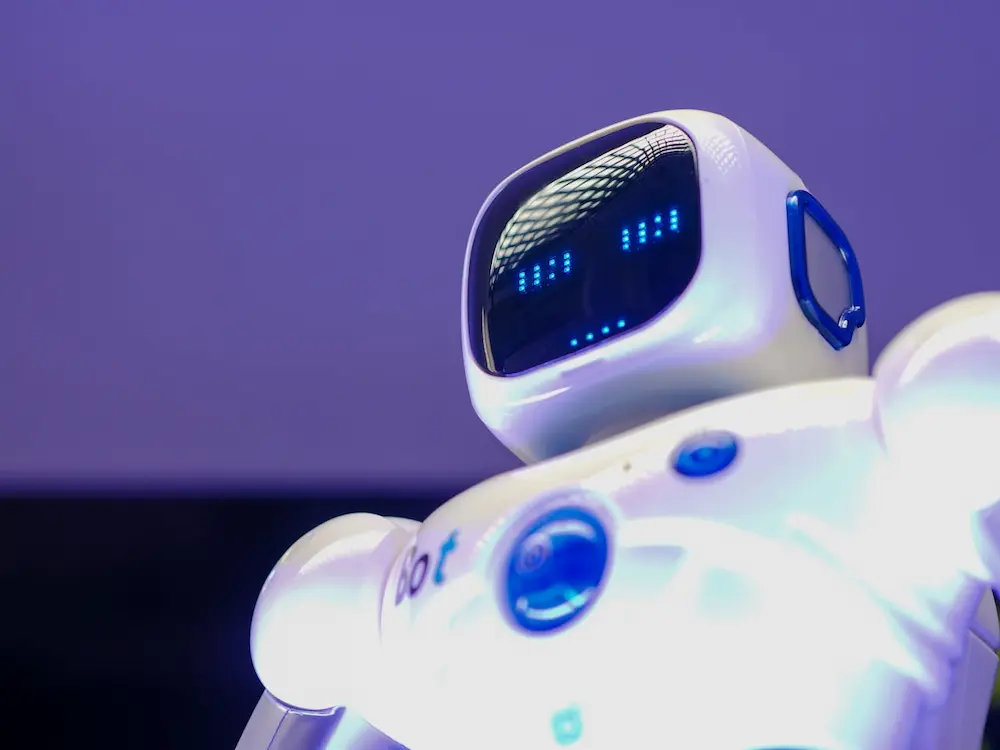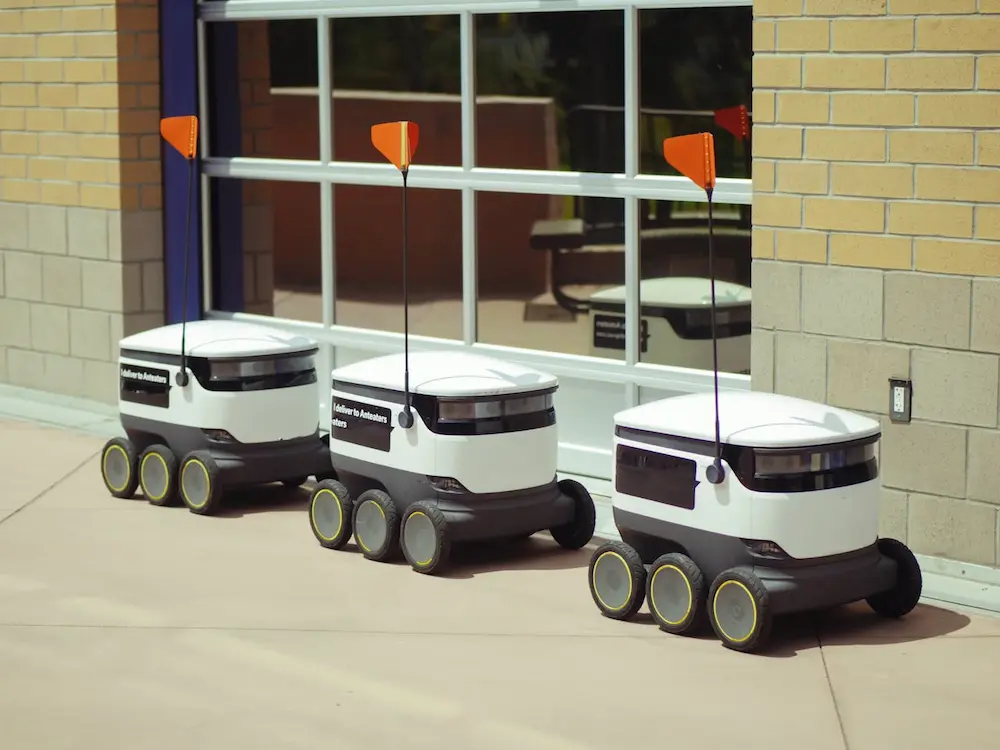Robotics and industrial automation are the utilization of computers, information technology, and control systems to carry out industrial processes and machinery, substituting manual labor and enhancing efficiency, performance, quality, and speed.
Automated industrial applications vary from manufacturing process assembly lines to space research. Meanwhile, early automated systems used to focus on improving productivity, since those systems are not required to rest like human employees. However, the focus is gradually tilting towards increased flexibility and quality in manufacturing and more.
Current automated systems are growing beyond mechanisation with the inclusion of machine am artificial learning. In this article, we will be examining robotics and automation distinctly, as well as the vital roles that robotics plays in industrial automation.
Automation
Automation is the usage of machines, computer software, or other technology to perform tasks that would otherwise be carried out by a human. There are various types of automation, including both physical and virtual tasks:
Software Automation
This is the automation of tasks frequently done by humans by using computer programs. This aspect includes business process automation (BPA), making use of software to formalize and streamline robotic process automation (RPA) and business processes which utilize software robots to mimic humans with the use of computer programs and intelligent process automation (IPA) involving the usage of artificial intelligence to know how people carry out tasks through the usage of a computer program.
The difference that exists between RPA and BPA is barely noticeable, with RPA being like including a collaborative robot to work with the existing workforce and BPA like substituting a human production line with an autonomous factory.
Industrial Automation
Industrial automation is the control of physical procedures with machines and control systems to automate industrial procedures. While the use of robots is often employed in this kind of physical automation, the same applies to other non-robotic machines, like CNC (Computer Numerical Control) machines.
Robotics

This aspect of engineering makes use of several disciplines to build, design, program, and utilize robots. Robots are programmable machines that make use of actuators and sensors to relate to the physical world and carry out actions semi-autonomously or autonomously. Since they can be programmed again, robots have a higher flexibility, compared to single-function.
Collaborative robots are built to finish tasks just like humans, while traditional industrial robots have the tendency to finish tasks more efficiently than humans.
Robotics and automation have aspects they cross, like the usage of robots to automate physical operations, as with vehicle assembly lines. Yet, not all automation makes use of physical robots, and not all aspects of robotics are attached to automation.
An early mode of industrial automation was the utilization of CNC (Computer Numerical Control) machines for high-precision aerospace manufacturing in the U. S. during the Second World War. With the initial industrial computing system, the first CNC machines still demanded a high rate of human input till they became more automated during the 1950s.
Moreover, industrial automation involves the usage of programmable logistics controllers, data acquisition systems, supervisory control, and distributed control systems. They are predictable and consistent, making them suitable for processing paper, chemicals, oil and gas, pulp, or other raw materials.
The Role of Robotics In Industrial Automation
Increased Productivity and Repeatability
Robots ensure a high level of productivity along with a high work quality. Their rate of error is significantly low, with their efficiency being much higher. They also reduce the time required to complete a task, while increasing work speed.
Hence, by using robots and other automated machines for routine and repeated work, the rates of productivity can be enhanced a great deal, as the technologies can even be set to function 24/7 with little human supervision.
Improved Allocation of Human Resources
Robotic solutions give room for more efficient allocation of human resources. This is because, through the highly tedious and repetitive activities being handled by robotic and automation technologies, human earners can concentrate on higher-level tasks that demand decision-making and on-the-job learning.
High Safety
Robotics and automation technologies can enhance employee safety through the elimination of the need for them to work in potentially hazardous conditions or risky environments, like reduced lighting, tight spaces, chemically exposed areas, etc. As dangerous and complex tasks are being handled by these robots, it gives safety to the workers.
Quicker Introduction of New Products
With the introduction of robots, flexible and programmable automation technologies can be reprogrammed easily and quickly to be ready for new products without interrupting the ongoing procedures.
Better Accuracy
Robots have the ability to perform precision-based operations without the risk of errors. For instance, in the medical industry, robotics is often used to carry out minimally invasive surgery where the patients are operated on with the use of robotic technologies which the doctors control. Also, in the military, Robotic drones help in identifying accurate locations.
Consistent Quality
Robotics are often programmed to deliver quality and consistent results. Meanwhile, for as long as you maintain and appropriately programme your robotics, you can rely on their ability to provide dependable results.
Reduced Labor Costs
Robots operate much faster than humans. In the long run, they also turn out to be cost-effective. Despite the initial investment, they offer a healthy return on investment, thereby keeping ongoing labor expenses at a minimum.
Machines In Motion

To reiterate, industrial automation is the utilization of control systems, such as actuators, processors, machines, sensors, as well as networks, to carry out tasks, with the aim of automating production. Its history began with simple conveyor belts pulling industrial automation parts through an assembly line.
Today, industrial automation is a broad range of sensors and machines that work to connect an industrial environment. Meanwhile, Robotics and automation technologies can be integrated into all aspects of production, ranging from fabrication and assembly to sorting and quality control.
Furthermore, despite robotics having such disadvantages as high initial cost, rare expertise, and high level of maintenance, its advantages far outweigh the cons, making its role highly significant and virtually indispensable in industrial automation.













